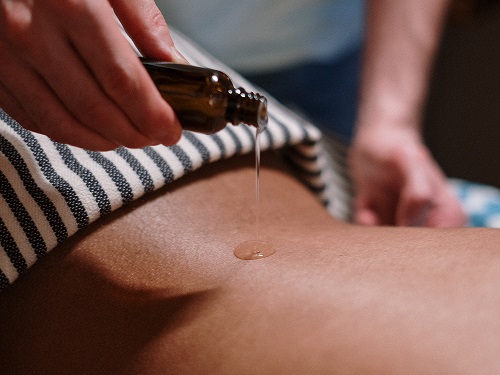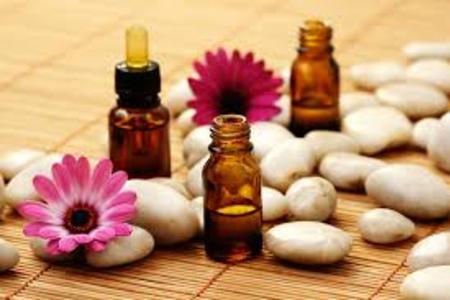Aromatherapy
What is aromatherapy massage?
Aromatherapy massage uses highly concentrated plant oils (essential oils) which are added to the massage oil or lotion.
It is a holistic therapy, which means it’s designed to treat your overall needs, not just one symptom.
Aromatherapy has a long history, but its modern use began just before World War 2, when the healing nature of lavender was rediscovered. There is now evidence that aromatherapy is effective in a wide range of areas such as: anxiety states in palliative care, geriatric care, cardiac rehabilitation and mental health.
Aromatherapy has a long history, but its modern use began just before World War 2, when the healing nature of lavender was rediscovered. There is now evidence that aromatherapy is effective in a wide range of areas such as: anxiety states in palliative care, geriatric care, cardiac rehabilitation and mental health.
How does it work?
It works through smell as our nostrils are attached to a part of the brain called the limbic system.
This controls emotions and influences the nervous system and hormones:
when you inhale essential oil molecules, messages are transmitted to the limbic system and affect heart rate, stress level, blood pressure, breathing, memory, digestion, and the immune system.
Essential oils are also believed to be absorbed through the skin and clients are advised to leave the oils on their skin after treatment to allow them to continue to work and absorb.
Each essential oil has different healing properties. For example, some calm while others energize. Here are some widely used essential oils and their purported properties:
calming – chamomile, lavender, geranium
uplifting – ylang ylang, clary sage, rose, neroli
Each essential oil has different healing properties. For example, some calm while others energize. Here are some widely used essential oils and their purported properties:
calming – chamomile, lavender, geranium
uplifting – ylang ylang, clary sage, rose, neroli

Suitability
Aromatherapy massage is not suitable when:- infectious skin disease, rash, or open wounds
- immediately after surgery
- immediately after chemotherapy or radiation, unless recommended by your doctor
- prone to blood clots. There is a risk of blood clots being dislodged. If you have heart disease, check with your doctor before having a massage
- pregnant women should check with their doctor first if they are considering getting a massage.
- massage should not be done directly over bruises, inflamed skin, unhealed wounds, tumours, abdominal hernia, or areas of recent fractures.
